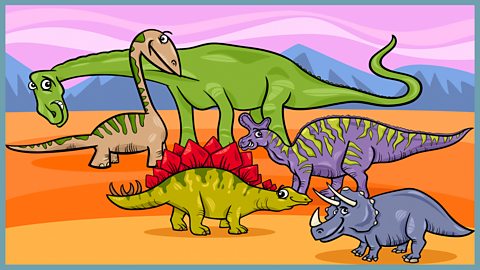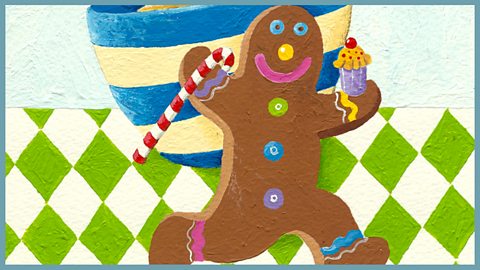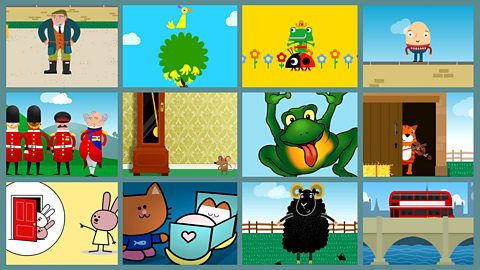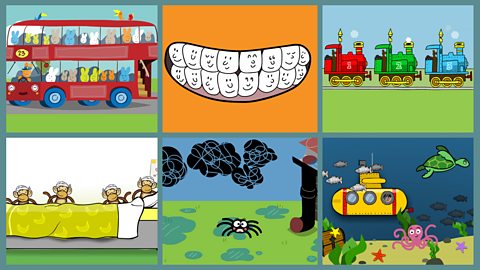The audio content includes familiar songs, rhymes, stories and sound discrimination games to develop children's phonological awareness and confidence with spoken language.
There are 67 episodes in the series in total and each episode lasts about 15 minutes. Each episode is divided into sections: listening activity, song, story, etc. We've arranged the episodes into four groupings:
- Early Learning topics: a broad range of topics with content linking to the Autumn, Spring and Summer terms.
- Traditional stories: the content is inspired by well-known traditional stories from around the world.
- Nursery rhymes: the content is inspired by popular nursery rhymes.
- Wiggle Waggle: the content has a greater degree of movement activities, performed on the spot.
Each content page has a link to the Teacher's Notes offering detailed suggestions for use in the classroom and follow-up activities.
Early Learning topics. collection
A broad range of topics, several linked to the time of year.

Traditional tales. collection
Inspired by traditional stories from around the world.

Nursery rhymes. collection
Content inspired by popular nursery rhymes.

Wiggle Waggle. collection
Content with additional movement activities.

60-minute medley of songs. video
Join in and sing along to a 60-minute medley of the Nursery Rhymes and Songs collection.

30-minute medley of songs video
Join in and sing along to a 30-minute medley of the Nursery Rhymes and Songs collection.

Further information
Why is listening important?
Listening is the foundation block for learning language. Language is the foundation block of learning in school. Children need help to learn listening skills. Children with poor listening skills find it hard to:
- understand language - eg follow instructions, learn new vocabulary, perform different activities independently
- use language ã formulate sentences, sequence ideas, produce clear speech
- develop socially ã have conversations, play with others
- make progress in literacy - eg listening for the sounds that make up words
These audio episodes are intended to support and develop childrenãs listening and attention skills. They help children to become active listeners. They support the acquisition of these key skills in a fun, active and developmentally appropriate way.
How to use the programmes and notes
The audio episodes are designed for use in four sections. For younger children, or those who need help in developing their attention span, listen to one section at a time, interspersed with opportunities for movement or play. As children get better at listening activities, extend the length of time until they can manage a complete programme at one sitting.
Section 1: Introduction and sound discrimination games
Encourage children to join in with and learn the words of the ãListen all aroundã song at the beginning and end of the content.
Section 2: Songs and rhymes
Some of the songs and rhymes are traditional, others have been specially composed or adapted - but all employ simple, repetitive, rhythmic, patterned language. Many of the songs are simple enough for children to begin to join in on first hearing and the tunes have been specially designed to be accessible for young voices.
Section 3: Story time
The stories have all been specially-written to provide repetitive, patterned language with plenty of language play (rhyme, alliteration, onomatopoeia). Specific suggestions for focusing childrenãs attention are given in the Teacher's Notes, often involving the use of pictures.
Section 4: Song and goodbye
The final song usually provides opportunities for movement: clapping, swaying, skipping, dancing, and marching. If children have listened to the complete episode they will be ready to move by this time. Once the song is familiar you can work on more sophisticated sequences of movement to help develop the childrenãs physical coordination.